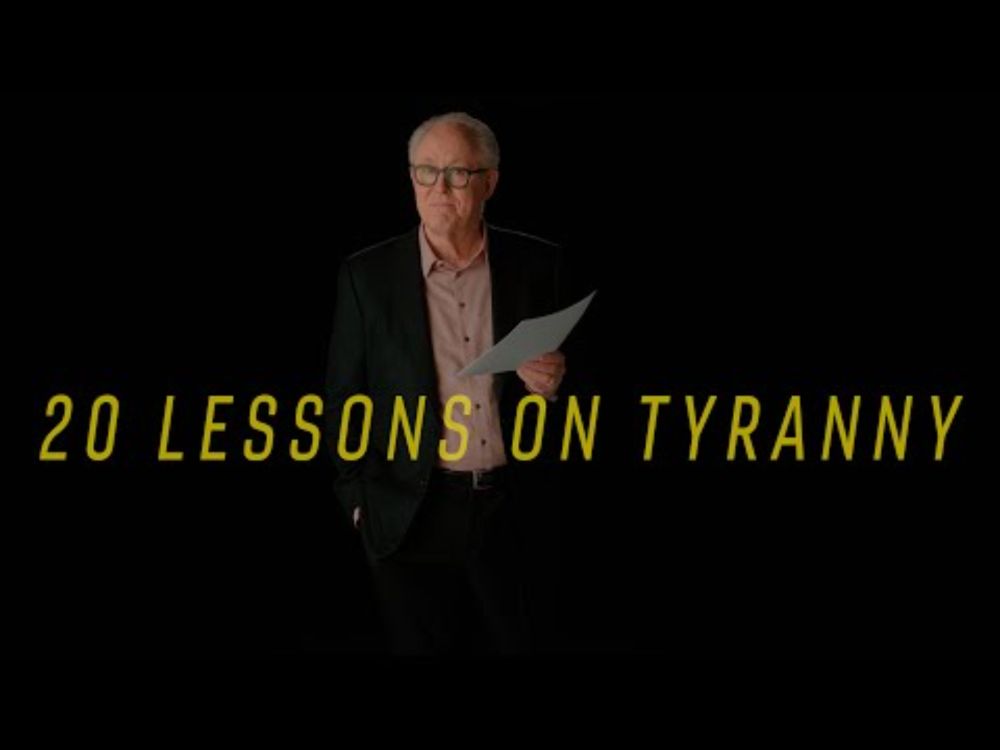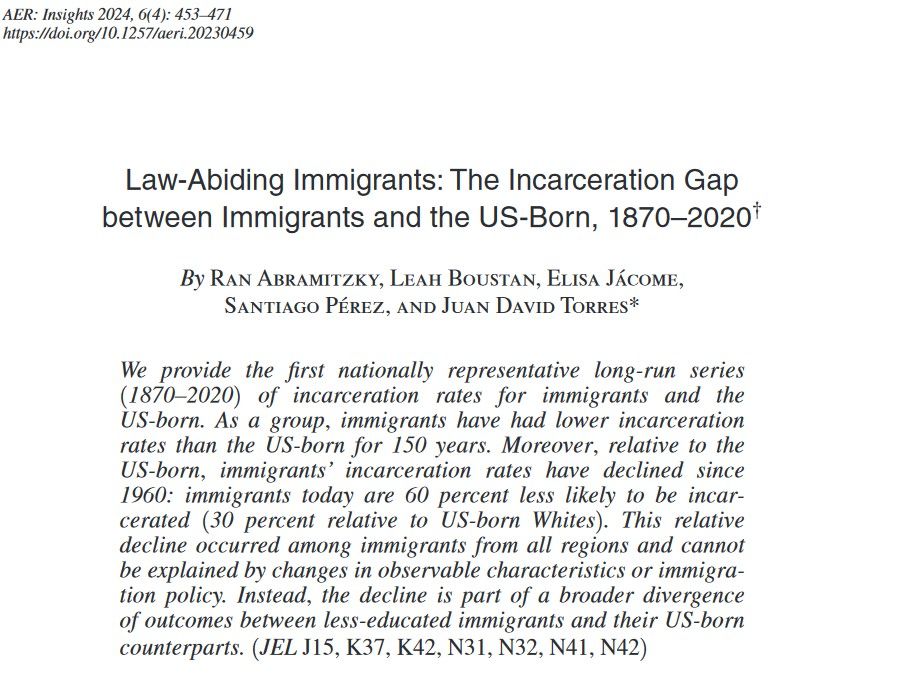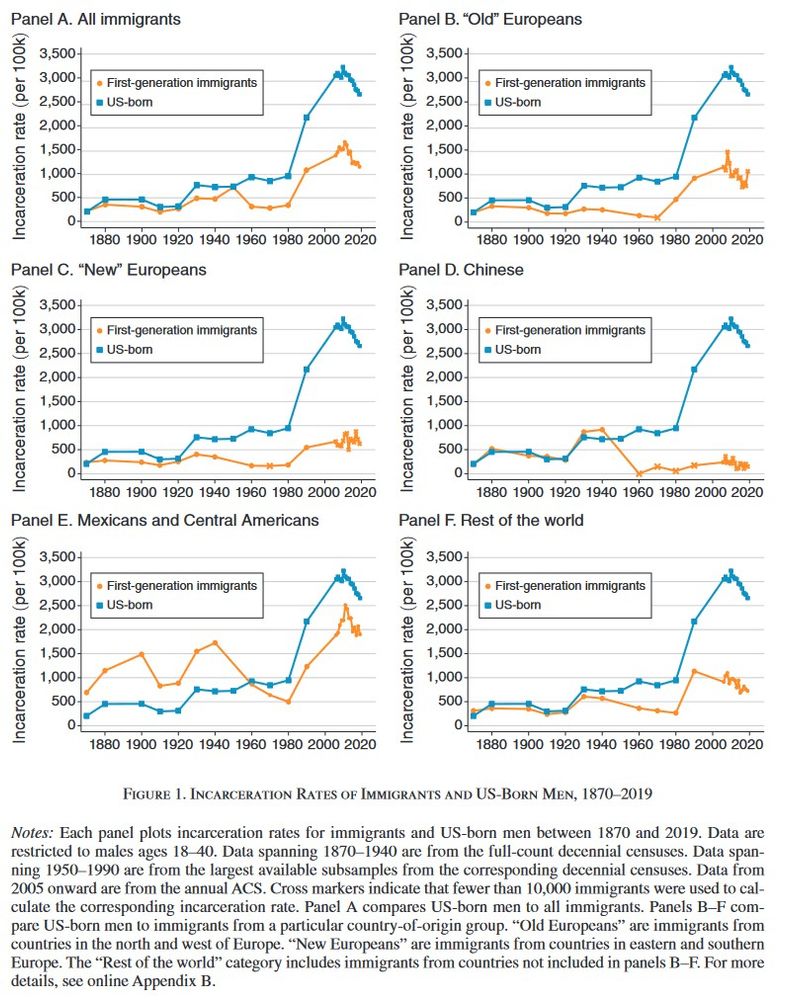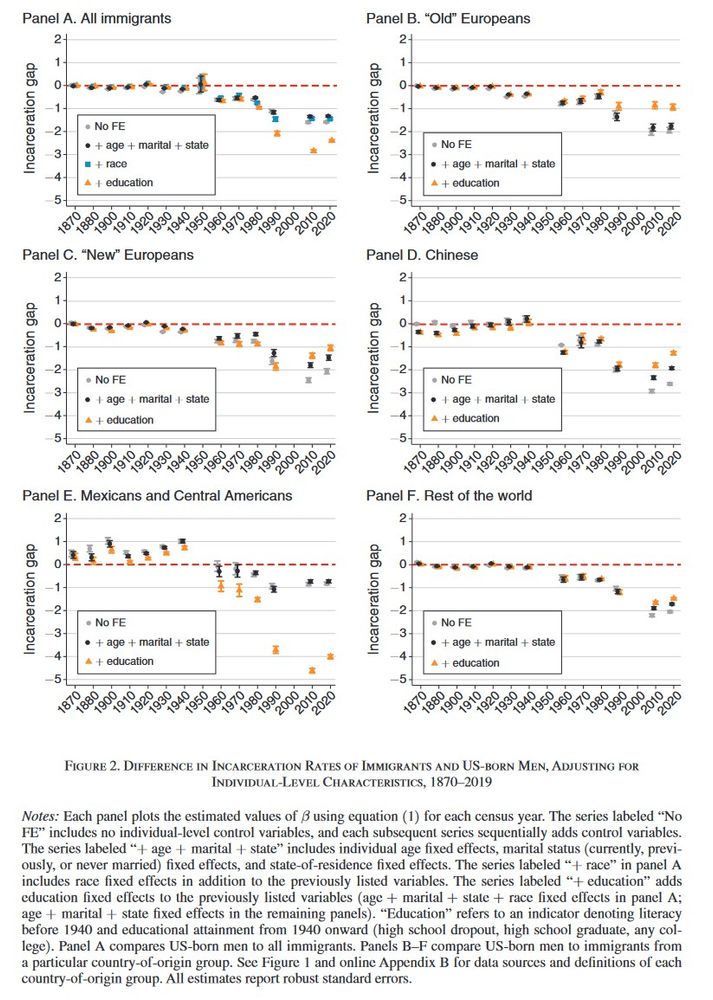Martha Olney
@marthaolney.bsky.social
1K followers
540 following
19 posts
Teaching Professor Emerita, Economics, UC Berkeley. 🏳️🌈 CalWBB & WNBA fan.
Posts
Media
Videos
Starter Packs
Reposted by Martha Olney
Martha Olney
@marthaolney.bsky.social
· Aug 18
Martha Olney
@marthaolney.bsky.social
· Aug 18
Martha Olney
@marthaolney.bsky.social
· Aug 18
Martha Olney
@marthaolney.bsky.social
· May 29
Martha Olney
@marthaolney.bsky.social
· Apr 17
Reposted by Martha Olney
Martha Olney
@marthaolney.bsky.social
· Apr 4
Martha Olney
@marthaolney.bsky.social
· Apr 1
Martha Olney
@marthaolney.bsky.social
· Mar 30
Reposted by Martha Olney
Martha Olney
@marthaolney.bsky.social
· Jan 23
Martha Olney
@marthaolney.bsky.social
· Jan 5
Martha Olney
@marthaolney.bsky.social
· Jan 3
Martha Olney
@marthaolney.bsky.social
· Dec 9
Martha Olney
@marthaolney.bsky.social
· Dec 5
Reposted by Martha Olney










